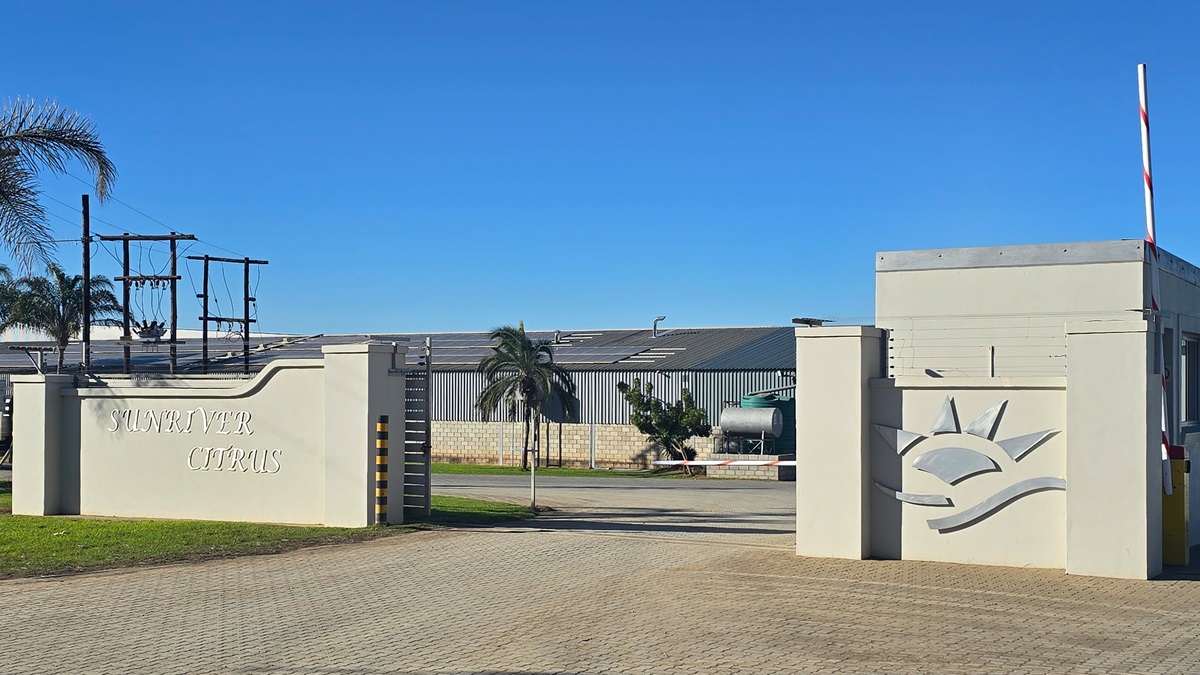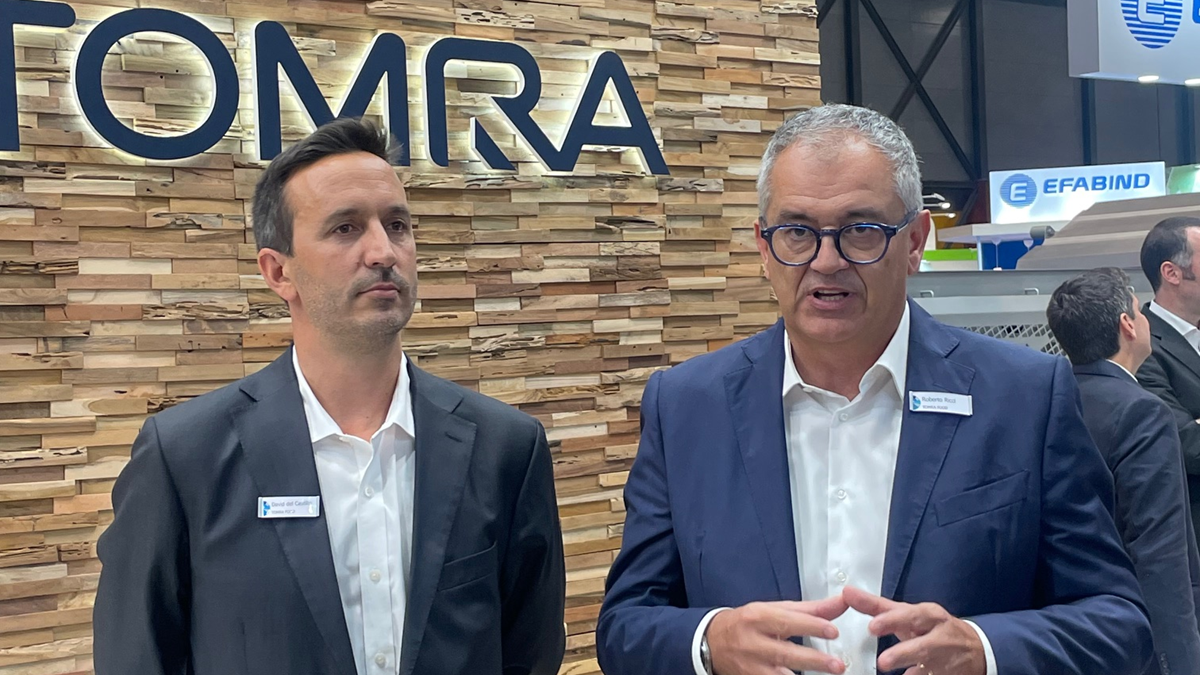Conditioning , Processing
Blending potato varieties on the rise
Since the humble precursor to modern potato first domesticated in Peru 10,000 years ago, the tuber has branched off into thousands of different varietals. Far from being selectively exclusive, different potato cultivars are often combined during the food manufacturing process to get speciality mixes for unique potato derived products. Getting the blending right not only determines the look of the end product, but can impact both the texture, taste and durability. The anatomy of a potato Choosing the right potato category as a raw material for your food process is very important as it impacts the end product. Anatomically, potatoes fall into three primary categories. Starchy: A unique attribute of these potatoes, as the name suggests, is their exceptionally high starch content and lack of moisture. Naturally fluffy, these types of potatoes are great for frying, baking and boiling.
20 May, 2019
Since the humble precursor to modern potato first domesticated in Peru 10,000 years ago, the tuber has branched off into thousands of different varietals. Far from being selectively exclusive, different potato cultivars are often combined during the food manufacturing process to get speciality mixes for unique potato derived products. Getting the blending right not only determines the look of the end product, but can impact both the texture, taste and durability. The anatomy of a potatoChoosing the right potato category as a raw material for your food process is very important as it impacts the end product. Anatomically, potatoes fall into three primary categories. Starchy: A unique attribute of these potatoes, as the name suggests, is their exceptionally high starch content and lack of moisture. Naturally fluffy, these types of potatoes are great for frying, baking and boiling. Waxy: Waxy potatoes tend to be moist and firm, containing a relatively low starch content. As they dont crumble easily, they are well suited for boiling, casseroles and potato salads. All-purpose: All-purpose potatoes are a hybrid of the first two categories, with a medium starch content. Their versatile nature makes them easily utilized across a wide array of cooking and food manufacturing applications. Additionally, there are hundreds of geographically-specific potato varieties that are available for both consumption and food processing. Each potato variety has a variation in starch, sugar and water content and they also vary in terms of length, width and shape. This means that the processing line needs to manage a more complex set of variables to ensure that waste is minimal, and the end product quality is high, while minimizing production costs. Combining potato varieties in food productionThe combining of potato cultivars does not always follow the rule of like-for-like. Blending completely different types of potatoes before they enter the food processing machine is often necessary to get an end product that is specific in both its taste and look. In Belgium, with its rich tradition of Belgian fries, creamy mashed potatoes and croquettes, potato blending has become standard in the potato processing industries, to derive unique products that are in line with market demands. Common varietals like Bintje are often combined with Asterix, Fontane, Innovator and Agria varieties, depending what the end product is going to be. In the UK, combining red skin potatoes with the likes of Asterix and Fontane is not uncommon. These combinations can be made for specific unified end products or for individual quick-freezing purposes. Processing a range of potato varieties in the processing line brings with it challenges to ensure that the blend is consistent, and the processing efficiency is as high as possible. Whichever types of potatoes you chose, be sure to keep the end user in mind, and what their preferences are when it comes to their pallet, look and texture. Learn more: Here are the top 9 peeling questions I get asked. Potato sorting equipment and processing in a nutshellNot all potato sorting and processing machines are built the same. Choosing the right type for your requirements will determine what raw materials can be inputted and what the end product will look like. Input flexibility is particularly important when different potato varieties are being combined to get a specific end product. As a good starting point, the food processing machine needs to perform the pregrading of all the input potatoes. Pregrading the potatoes based on defect level, skin color, shape and quality will enable the processors to include only raw material to the line that matches the desired blend and quality for that process. This can be achieved through optical sorting, which makes sure that the processed products are consistent.











